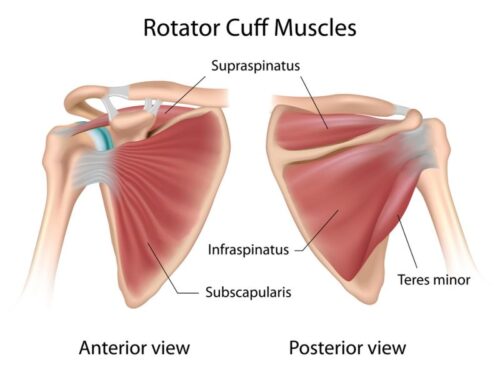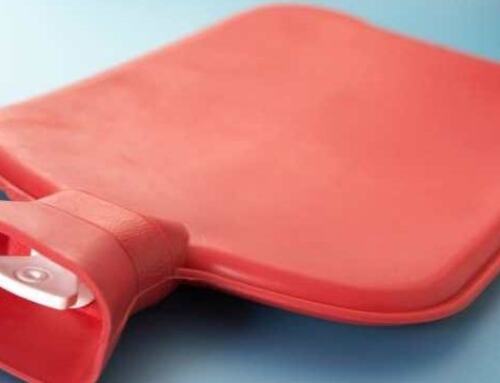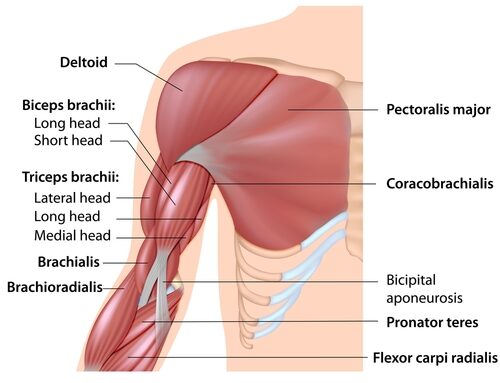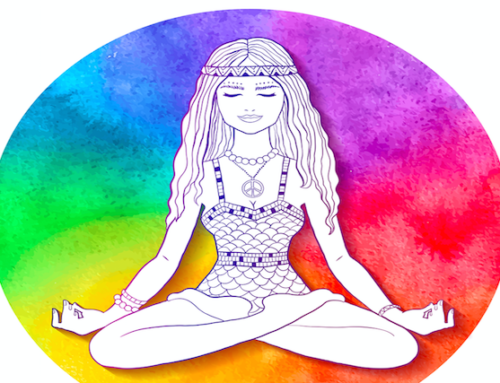Have you ever felt a strange pain in your body and wondered if it was because of a pinched nerve or a pulled muscle? It can be really confusing because these two things can make you hurt in similar ways. We’re going to explore why people often mix up pulled muscles with pinched nerves. By learning more about this, you’ll be able to figure out what might be causing your pain and how to feel better.
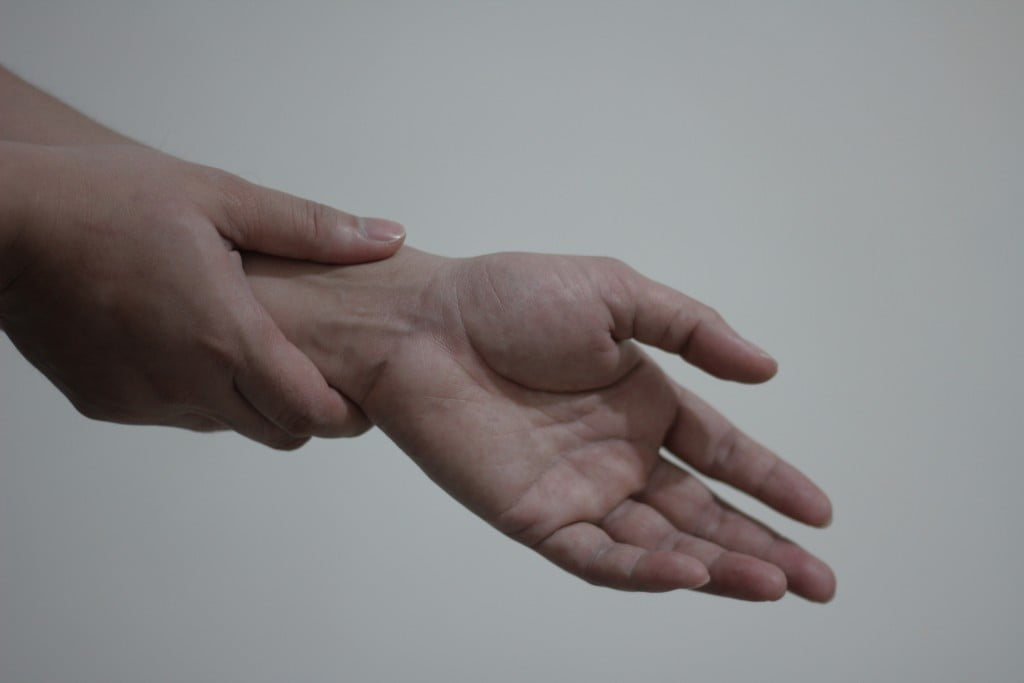
What is a Pinched Nerve?
Let’s talk about something called “pinched nerves.” These are like tiny messages in your body that carry information. Sometimes, these messages can get squished or pinched, and that’s when we say you have a pinched nerve.
Imagine you have a telephone line inside you, and it’s supposed to send messages from your body to your brain. Now, if something presses on this line, the messages can’t travel smoothly. That’s what happens with a pinched nerve – something pushes or squeezes the nerve, and it can feel pretty weird.
When a nerve is pinched, it can make your body feel different. You might feel tingling like tiny ants are walking on your skin, or you could feel numbness like your arm is asleep. Sometimes, a pinched nerve also bring pain, and this pain can be sharp or achy.
So, how do spinal nerves get pinched? Well, it’s like a traffic jam inside your body. Sometimes, bones, muscles, or even swollen parts can crowd around the nerve, making it feel squeezed. Think about it like a bunch of cars blocking the road – the nerve can’t move freely, and that’s when you notice something’s not right.
Some common reasons why nerves get pinched are when you sit or stand in the wrong position for a long time, or maybe if you do heavy lifting in a way that’s not so good for your body. Conditions like arthritis or having extra weight can also put pressure on your nerves. A herniated disk in the lower spine can pinch the nerve and cause lower back pain or sciatic pain. But the most common cause of shoulder pain, neck pain or arm pain is muscle tightness.
Understanding pinched nerves helps us know why our bodies might feel strange sometimes. If you’ve ever had that tingly feeling or intense pain, it could be because of a pinched nerve. But don’t worry, there are ways to make things better, and we’ll learn about those too!
Symptoms of a Pinched Nerve
Here are the common symptoms of a pinched nerve:
- Pain: Aching or sharp pain, often radiating along the nerve pathway.
- Tingling Sensation: A “pins and needles” sensation in the affected area
- Numbness: Reduced sensation or loss of feeling in the area
- Muscle Weakness: Difficulty in controlling or moving the muscles linked to the affected nerve
- Burning Sensation: A feeling of heat or burning in the affected area
- Prickling Sensation: Similar to tingling, but may feel like small pinpricks
- Muscle Spasms: Involuntary muscle contractions, sometimes triggered by nerve irritation
- Radiating Pain: Pain that extends from the pinched nerve’s location to other areas of the body
- Increased Pain with Movement: Discomfort worsens when moving the affected area
- Decreased Reflexes: Reduced or absent reflexes in the area controlled by the pinched nerve
- Sensitivity: Heightened sensitivity to touch or pressure in the affected region
- Loss of Coordination: Difficulty coordinating movements due to disrupted nerve signals.
It’s important to note that the symptoms can vary depending on which nerve root is pinched and where it’s located in the body. If you suspect you have a pinched nerve, consulting a medical professional is advisable for proper diagnosis and treatment.
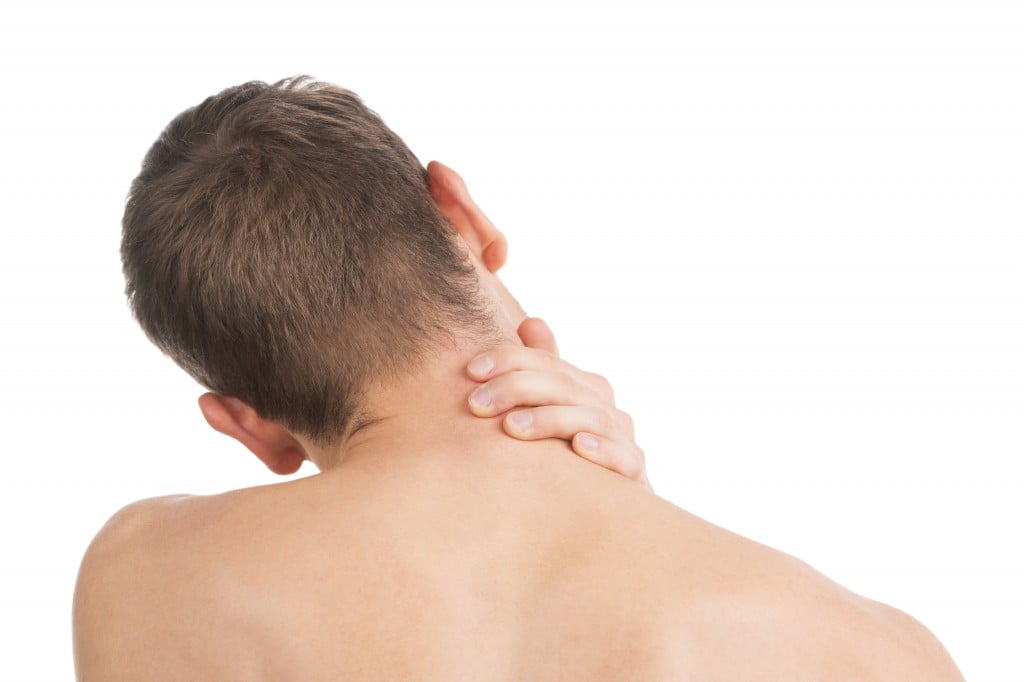
What is a Pulled Muscle?
Let’s unravel the mystery of “pulled muscles.” Picture your muscles as the elastic fibers that let you perform all sorts of movements. Just like a rubber band, if you push these muscles beyond their limits or strain them abruptly, they can get overstretched – similar to tugging on a piece of taffy until it stretches too thin. This is what we refer to as a pulled muscle, and understanding its mechanics sheds light on how it occurs.
The process goes like this: during physical activities or sports, your muscles engage in intense work. However, when you execute a movement that’s excessively forceful or sudden, a muscle can experience strain. It’s akin to attempting to lift an exceptionally heavy weight, causing your muscles to react with a clear “that’s too much!” signal.
When a muscle gets pulled, your body sends out warning signals. Pain is the primary messenger, and it can be quite intense, resembling a sharp pinch. Additionally, you might notice bruising or swelling around the affected area, indications of the stress the muscle endured. Performing movements involving the strained muscle could become challenging and painful.
Causes of a Pulled Muscle
Now, onto the causes of pulled muscles. Not adequately warming up before engaging in physical activities can result in stiff muscles that are ill-prepared for rigorous action. Sudden, demanding movements on these unprepared muscles can trigger a pull. Similarly, if you’ve been inactive for a while and then abruptly engage in intense activity, your muscles might not cope well, leading to a strained muscle.
Understanding pulled muscles underscores the importance of heeding your body’s signals. Listening to your body and proceeding gradually is key to avoiding such strains. If you’ve experienced a sudden, sharp pain or encountered difficulties moving a specific way, it’s plausible that you’ve encountered a pulled muscle. The good news is that there are strategies to aid the recovery of strained muscles, and we’ll delve into those as well!

Symptoms of a Pulled Muscle
Here are the common symptoms of a pulled muscle:
- Pain: Aching or sharp pain in the affected muscle.
- Soreness: Tenderness and discomfort when touching or pressing on the area.
- Muscle Spasms: Involuntary contractions or twitching of the muscle.
- Stiffness: Reduced range of motion and difficulty moving the affected muscle.
- Swelling: Visible or palpable swelling around the pulled muscle.
- Bruising: Discoloration of the skin due to bleeding from damaged blood vessels.
- Weakness: Reduced strength in the muscle compared to usual.
- Localized Discomfort: Pain primarily concentrated in the pulled muscle area.
- Difficulty Using Muscle: Challenges in performing movements that involve the strained muscle.
- Radiating Pain: Pain that may spread to nearby areas, often due to muscle tension.
- Warmth: The affected area might feel warmer than usual due to increased blood flow.
Keep in mind that symptoms can vary depending on the severity of the muscle strain and the specific muscle involved. If you suspect you have a pulled muscle, it’s recommended to rest, apply ice, compress the area, and elevate the injured part (R.I.C.E.), and consider seeking medical advice if the pain is severe or doesn’t improve.
The Key Differences in a Pinched Nerve Vs. a Pulled Muscle
Although there are certain resemblances, distinguishing between the two is crucial. A pinched nerve tends to manifest as tingling sensations or a sharp pain that travels along specific paths. On the other hand, a pulled, over stretched muscle tends to generate a localized and dull ache. Notably, rest often brings relief to muscular pain, whereas nerve pain tends to persist despite rest. Nerve pain tends to create chronic pain where a pulled muscle is acute pain. The root cause of a pinched nerve is often linked to tense muscles exerting pressure, while a pulled muscle is a result of overstretching beyond its capacity.
How to Relieve a Pinched Nerve?
Experiencing the discomfort of a pinched nerve can be quite bothersome, but there are several steps you can take to find relief and help your body heal. Keep in mind that if the pain is severe or persistent, it’s a good idea to consult a healthcare professional for guidance.
1. Rest and Avoid Aggravating Movements: Give the affected area a break from activities that could worsen the pain. Rest allows the nerve to recover without further irritation.
2. Ice Packs: Applying ice wrapped in a cloth to the affected area can help reduce inflammation and numb the pain. Remember to keep the ice on for about 15-20 minutes and then give your skin a break before reapplying.
3. Gentle Stretches: Engage in gentle stretches that promote flexibility and help relieve pressure on the nerve. Slow and controlled movements can gradually ease the tension around the pinched nerve such as the sciatic nerve.
4. Over-the-Counter Pain Relievers:
Non-prescription pain relievers like ibuprofen or acetaminophen can help manage pain and reduce inflammation. Follow the recommended dosage and consult a doctor if you’re unsure.
5. Proper Posture: Maintain good posture to prevent further stress on the affected area. Poor posture and sitting, standing, and sleeping in an awkward position for long periods can be the cause of your pain.
6. Supportive Braces or Splints:
Depending on the location of the pinched nerve, using a brace or splint can help stabilize and provide relief by limiting movements that could aggravate the condition.
7. Heat Therapy:
Applying heat, such as with a warm towel or heating pad, can help relax muscles and improve blood circulation to the area. However, avoid using heat if you notice increased pain or swelling.
8. Massage: Soft tissue massage around the affected area can help release tension and increase blood flow, which may aid in relieving discomfort. If a tight muscle is what is causing the pinched nerve, massage is the best solution.
9. Physical Therapy: If the pinched nerve is persistent or severe, a physical therapist can provide targeted exercises and treatments to help alleviate the pressure on the nerve and promote healing.
10. Spinal Manipulation:
Chiropractic care for your cervical spine or lower spine can relieve the intense pain of a pinched nerve.
Remember, everyone’s body responds differently, so it’s essential to listen to your body’s signals and adjust your approach accordingly. While these methods can offer relief, if your symptoms worsen or don’t improve over time, seeking professional medical help is recommended. Your health care provider can offer personalized guidance and ensure you’re on the right track to recovery.

What are the treatments for a Pulled Muscle?
Dealing with a pulled muscle can be uncomfortable, but there are several strategies you can employ to find relief and support the healing process. Remember, if the pain is severe or doesn’t improve, consulting a medical professional is advised.
Here’s a comprehensive guide on ways to help alleviate the discomfort of a pulled muscle:
1. Rest and Avoid Overuse:
Give the strained muscle a chance to heal by avoiding activities that might strain or aggravate it further. Rest allows the muscle fibers to recover and repair.
2. Ice Packs:
Applying ice to the strained area helps reduce swelling and numbs pain. Use a cloth to wrap the ice pack and apply it for about 15-20 minutes at a time, with breaks in between.
3. Compression Bandages:
Using elastic bandages or wraps can provide support to the injured muscle, helping to control swelling and reduce movement that might worsen the strain.
4. Elevation:
Elevate the injured area slightly above the heart level when resting. This can help minimize swelling by encouraging fluid drainage.
5. Over-the-Counter Pain Relievers:
Non-prescription pain relievers like ibuprofen or acetaminophen can help manage pain and inflammation. Follow the recommended dosage and consult a healthcare professional if unsure.
6. Heat Therapy (After 48 Hours):
Applying heat, such as with a warm towel or heating pad, can help relax the strained muscles and improve blood circulation. Avoid using heat immediately after the injury, as it might increase swelling.
7. Gentle Stretches and Range-of-Motion Exercises:
Once the initial acute phase has passed, gentle stretching and controlled movements can help prevent stiffness and promote healing.
8. Gradual Return to Activity:
As the muscle heals, gradually reintroduce light activity. Avoid intense movements until you’re confident the muscle has fully recovered.
9. Hydration and Nutrition:
Staying hydrated and maintaining a balanced diet rich in nutrients can support muscle healing and overall recovery.
10. Physical Therapy:If the strain is significant or persists, a physical therapist can guide you through appropriate exercises that promote healing and prevent future strains.
By taking these steps, you can aid the healing process and facilitate a smoother recovery from a pulled muscle. Remember, every individual’s body reacts differently, so it’s important to be attuned to your own sensations and adjust your approach accordingly.

In the journey towards relieving the discomfort of pinched nerves, whether it’s the persistent pain of sciatica or the bothersome twinge of carpal tunnel syndrome, remember that you don’t have to navigate this path alone. At Body Ache Escape Massage Center, we’re here to provide you with professional care and tailored massage techniques designed to soothe pinched nerves and promote healing. [Read more about Carpal Tunnel]
Our experienced massage therapists understand the intricacies of addressing nerve-related discomfort and can help you find relief in a tranquil and supportive environment. Don’t hesitate to reach out and take the step towards alleviating your pinched nerve woes. Your comfort and well-being are our priority, and together, we’ll work towards a healthier, pain-free you. Schedule now!



